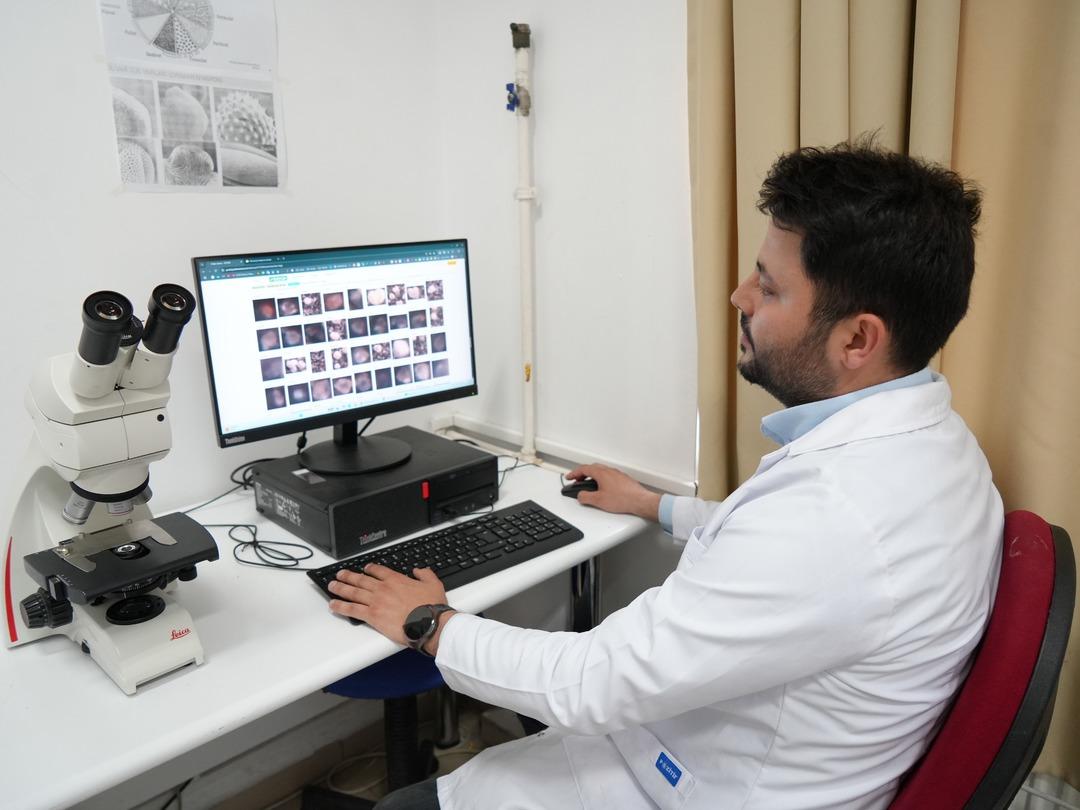Warning! It has arrived in Kastamonu from Russia! It appears in August and September: Watch out for these symptoms!

Pollen research conducted by Kastamonu University, which specializes in forestry and nature tourism, identified ambrosia pollen arriving from Russia. In 2022, a device was placed in the İnebolu district of Kastamonu province as part of a project led by Kastamonu University Faculty of Science Dean and Biology Department faculty member Prof. Dr. Talip Çeter, along with doctoral students Oktay Bıyıklıoğlu and Serhat Karabıçak, and graduate student Derya Keleşoğlu.
In 2022, a device installed on the roof of İnebolu Vocational School detected atmospheric pollen. This study, which used an automatic pollen counting device for the first time in Türkiye, allowed for almost instantaneous determination of the diversity and density of pollen and spores in the Kastamonu atmosphere.

The study identified ambrosia pollen, which had entered Türkiye via Russia. The pollen, which consists of small airborne particles that cause allergy symptoms in humans, is said to cause effects such as coughing, runny nose, and itchy throat.

Serhat Karabıcak, a doctoral student in the Palynology Research Group at Kastamonu University's Faculty of Science, provided information about the study: "The device contains tape and has an adhesive structure. This is how we capture spores and pollen in the atmosphere. Among these is a pollen that came from Russia. We call it ambrosia pollen. It's not very common in our country."
"It's only been identified in Düzce, but it's located approximately 200 kilometers from Kastamonu. During certain periods, especially in August and September, it causes symptoms like coughing, runny nose, burning eyes, and redness. Therefore, we believe it's caused by ambrosia pollen. We detected this pollen thanks to the devices we installed at our university. Now, we've come to İnebolu to replace and maintain the device, and it's ready for next week," he said.
"WE HAVE DETERMINED AMBROSIA POLLEN, WHICH HAS BEEN HIGHLY STUDIED IN EUROPE BUT IS NOT RECORDED IN KASTAMONU"
Karabıçak, noting that ambrosia pollen has been extensively researched in Europe and that there is no record of it in Kastamonu to date, said, "We encounter this pollen dominantly in the atmosphere, especially in August and September. Kastamonu's İnebolu district appears to be the gateway to this. This pollen comes primarily from Russia, from places like Crimea. In these regions, this plant is extremely common and is considered an invasive species."
"The pollen from this invasive species, in particular, raises allergenic levels in humans. We are monitoring this. Our primary goal is to identify the seasons of atmospheric pollination. There is particularly excessive pollen release during April, May, and June. With this device, we can identify the plants from which this pollen diversity originates, and at what times these plants are dominant," he said.

Karabıçak, who stated that they publish the obtained data on their website free of charge after examining it in a laboratory environment and measuring its accuracy, said, "We measure the accuracy by making identifications with the samples we take from our device in our laboratory. We examine the pollen under a microscope in our laboratory.
"We are also publishing the pollen data we collect from our automatic counting device, which we have measured to its accuracy, on the public section of our university's website. As seen on our website, we can see tree, grass, mold, and weed or shrub pollen. This data is also updated hourly," he said.
(UAV)
mynet





